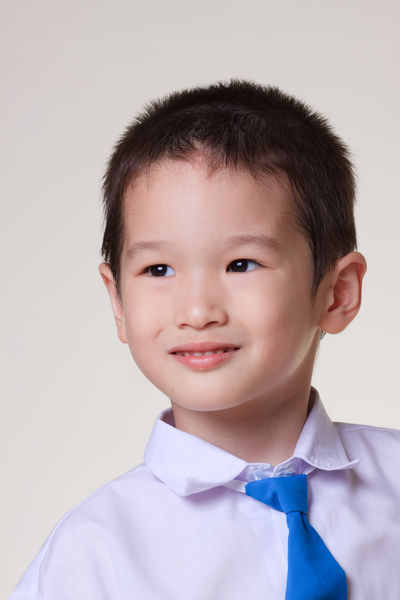Indonesia - Education

Vigorous efforts have been made to advance education and reduce illiteracy. In 1971, overall literacy was estimated to be about 58%, ranging from 77% in the cities to only 52% in rural areas. By the year 2000, adult illiteracy rates were estimated at 13.0% (males, 8.1%; females, 17.9%). Under the constitution, education must be nondiscriminatory, and six years of primary education are free and compulsory. In practice, however, the supply of schools and teachers is inadequate to meet the needs of the fast-growing under-15 age group. In the mid-1990s, an estimated 97% of primary-school-age children were enrolled in primary schools. In 1997, 29,236,283 students were enrolled in Indonesia's 173,893 primary schools, with 1,327,178 teachers. The student-to-teacher ratio stood at 22 to 1. Secondary schools employed 986,896 teachers and enrolled 14,209,974 students in that same year. As of 1999, 91% of primary-school-age children were enrolled in school, while 48% of those eligible attended secondary school. Schools are coeducational, except for certain vocational and religious schools. Private (mostly Islamic religious) schools receive government subsidies if they maintain government standards. Bahasa Indonesia is the language of instruction, but local dialects may be used until the third level.
The school system includes a six-year primary school, a three-year junior secondary school, a three-year senior secondary school, and higher education in universities, faculties, teachertraining colleges, and academies. Junior and senior technical schools have been brought into line with junior and senior secondary schools. Patterned after Dutch practices, Indonesia's educational system divides secondary-school students into groups according to curriculum. In the third year of the junior secondary school, the students are separated into an A-curriculum (languages) and a B-curriculum (mathematics). In senior secondary school, the students normally continue in their previous curriculum, but B-curriculum students may shift to an economics curriculum (C). Teacher-training schools range from the basic teacher-training program of four years (post-primary education) up through teachers' colleges, academies, faculties, and universities. Upon entering institutions of higher learning, students must enter the division for which their curriculum has prepared them; thus, A-curriculum students enter the language and philosophical faculties.
There are 51 universities, the largest of which are the University of Indonesia (in Jakarta) and the University of Gajah Mada (in Yogyakarta). Most of the universities are new, having been established since the mid-1950s. In all universities and third-level institutions, there were a total of 157,695 teachers and 2,303,469 students in 1996.
Comment about this article, ask questions, or add new information about this topic: